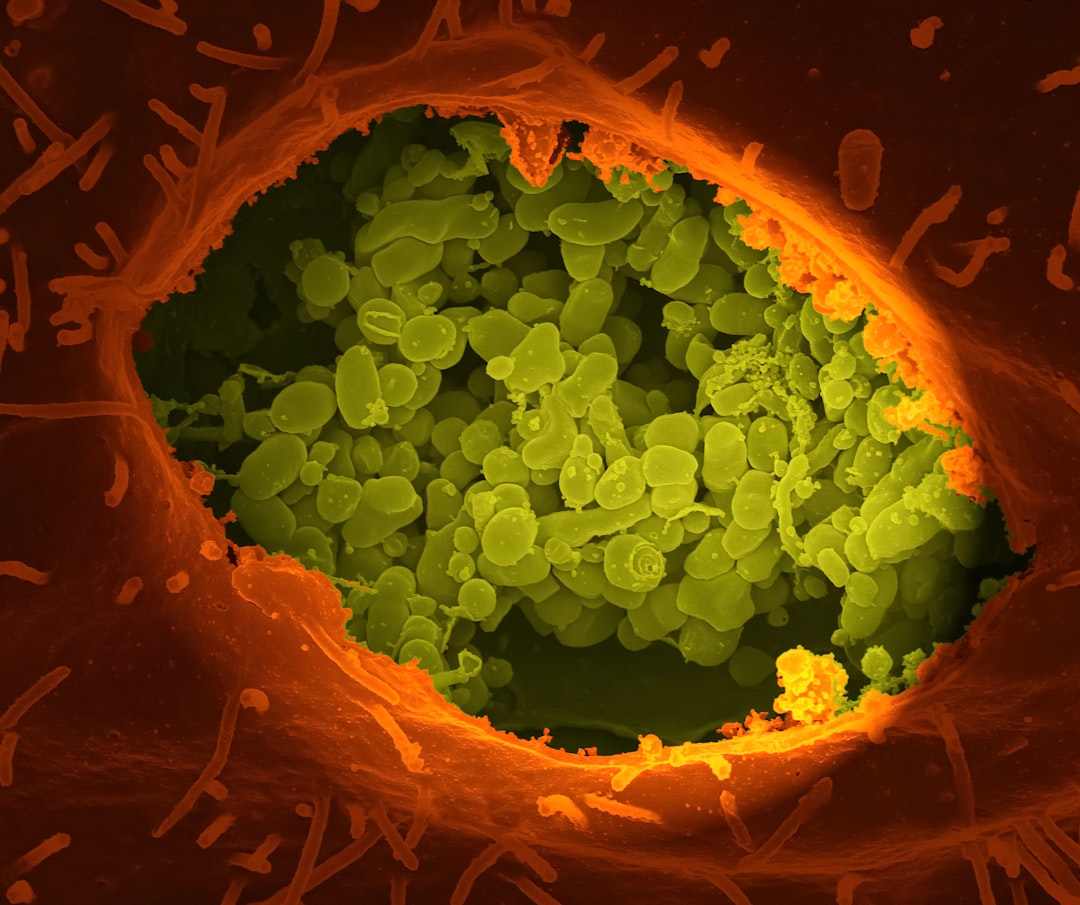What is it about?
The authors have much experience of the Palestine-Israel conflict. Despite the fact that the authors conducted their field research in the West Bank, they presented the challenges that are facing the Gaza Strip and the impact of those challenges on the Palestinian non-violence movement. The Gaza Strip represents very essential seeds for the Palestinian popular resistance and its contribution, despite the vertical and horizontal division separating Hamas and Fatah. The international solidarity campaigns, including the freedom boats that travelled to the Gaza Strip, have broadcast the suffering of the Gazans to the wider world.
Featured Image
Why is it important?
The authors present that the demonstration against the separation wall revived the concepts and practices of popular resistance by local, Israeli and international peace activists. They also critically examine the role of international humanitarian and relief organizations in the OPT. They believe that international organizations should change their roles to include much more political advocacy, in order to influence the Israeli government to end the occupation in the OPT. The popular resistance, however, has also had very little impact on Israeli public opinion. International organizations should change their role because popular resistance will have influence without international support.
Read the Original
This page is a summary of: MarwanDarweish and AndrewRigby, Popular Protest in Palestine: The Uncertain Future of Unarmed Resistance. London: Pluto, 2015, 224 pp. £49.00 (hbk)., Nations and Nationalism, December 2016, Wiley,
DOI: 10.1111/nana.12286.
You can read the full text:
Contributors
The following have contributed to this page










